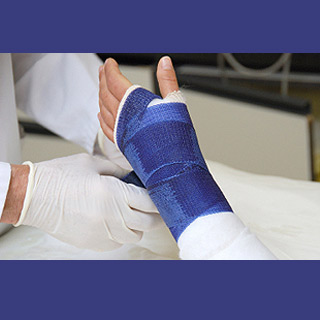
After detaching the marrow from the femurs of rats, the Yale team treated the animals with PTH for around 3 months. Previous researches have illustrated that such treatment for three weeks supposedly generated healthy but short-lived bone development at the spot of marrow deletion. Over a three-month duration, nevertheless, the scientists observed a 30 percent boost in bone formation.
Lead author Agnes Vignery, D.D.S, Ph.D., Associate Professor of Orthopaedics and Rehabilitation and Molecular and Cellular Biology at Yale, commented, “This approach is simple and fast, and can lead to the formation of an amount of bone sufficient to prevent fractures in specific skeletal sites.â€
The researchers additionally found out that filling the bone cavity with bio-compatible calcium phosphate cement in rats treated with PTH over the equivalent three month period apparently also led to augmented cortical thickness of the bone.
Vignery mentioned, “The marrow cavity offers a special niche to make new bone, which had not been explored to date. The use of bio-compatible calcium phosphate cement is an exciting and promising route to target the formation of new bone in lieu of bone marrow in skeletal sites that are at risk for fracture.â€
This facet of the Yale research may probably have connotations in the area of tissue engineering. This is owing to the fact that calcium phosphate cements could offer a powerful scaffold for fresh bone development.
The research appears online in the Journal of Bone and Mineral Research.
